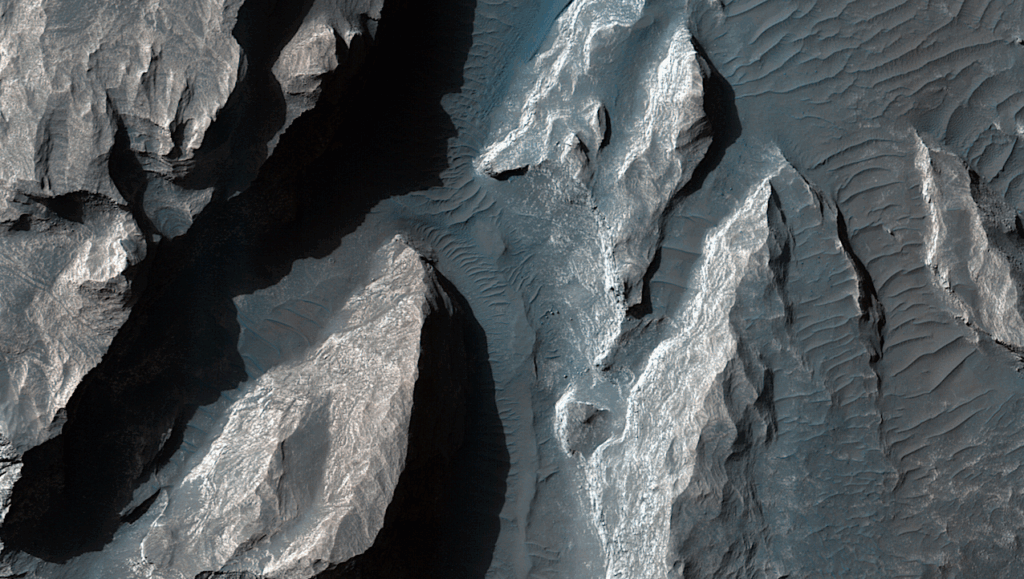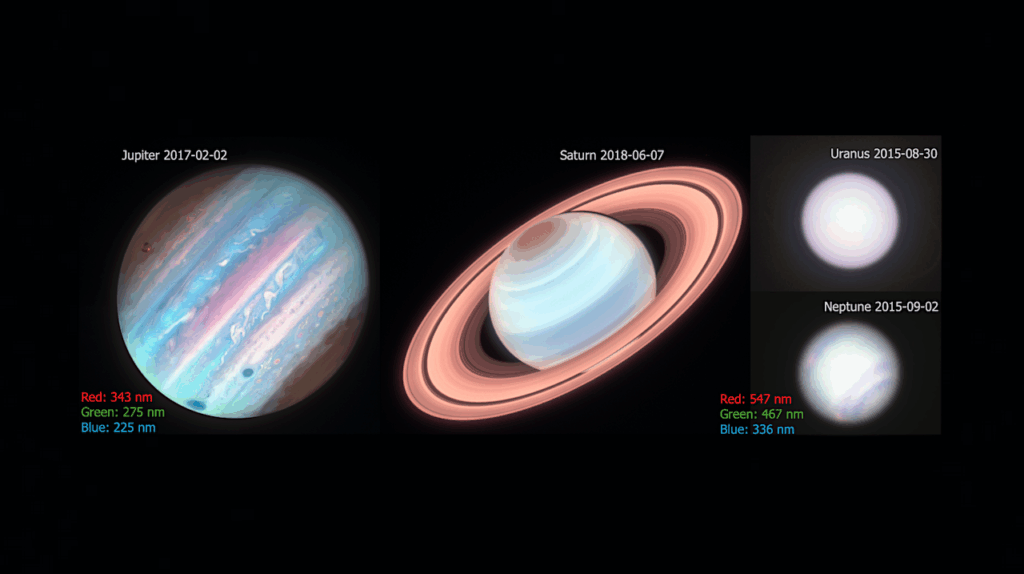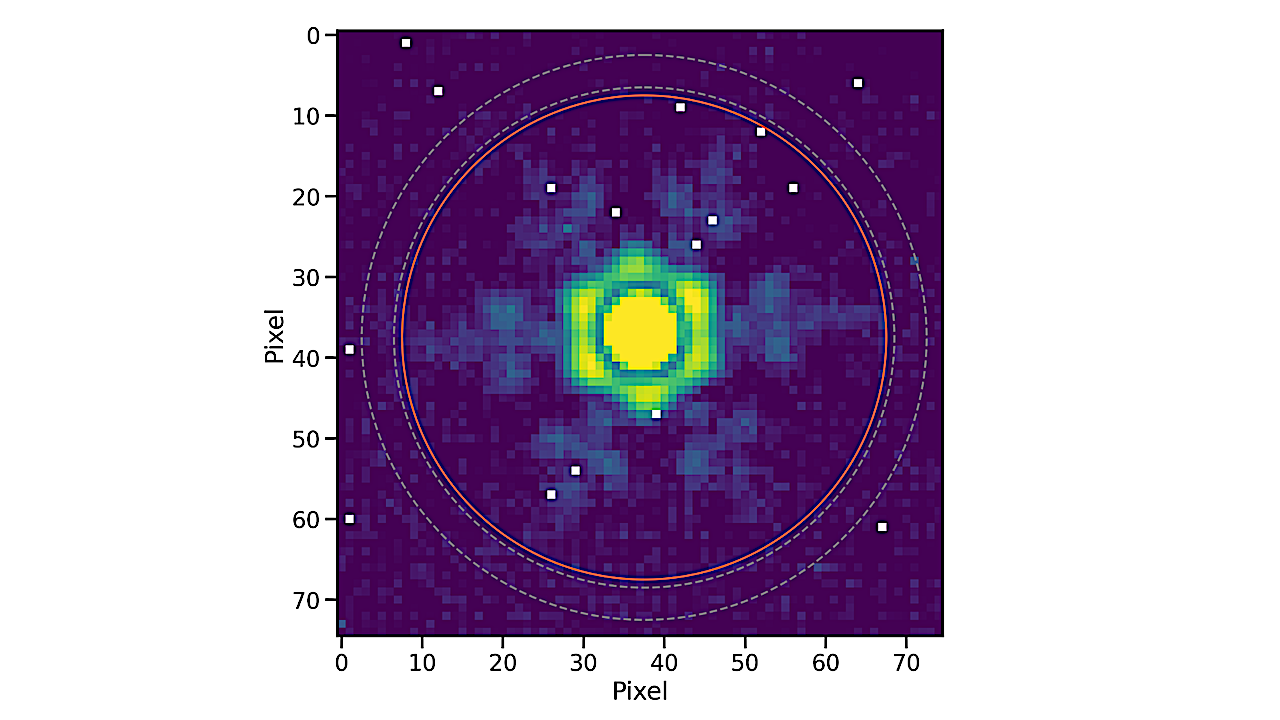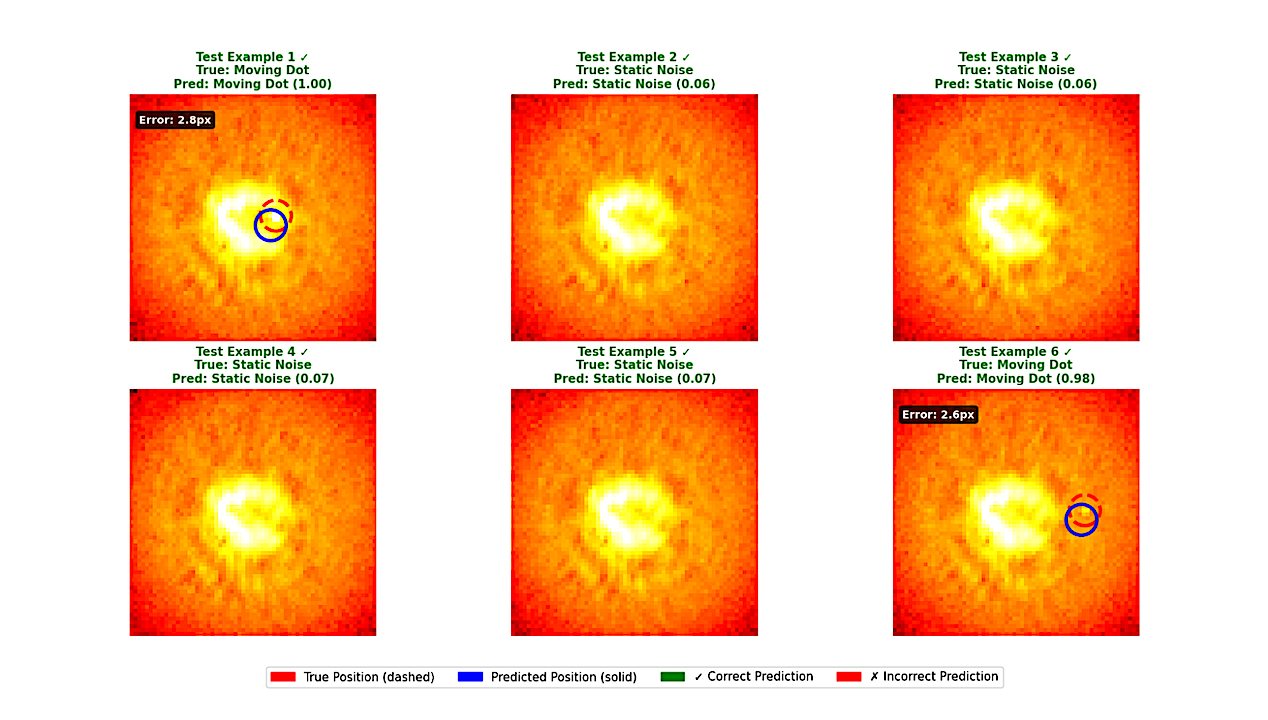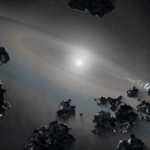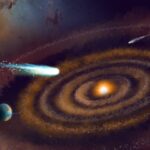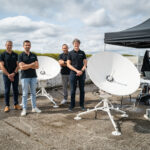Now Reading: CO Adsorption Sites On Interstellar Water Ices Explored with Machine Learning Potentials. Binding Energy Distributions And Snowline
-
01
CO Adsorption Sites On Interstellar Water Ices Explored with Machine Learning Potentials. Binding Energy Distributions And Snowline
CO Adsorption Sites On Interstellar Water Ices Explored with Machine Learning Potentials. Binding Energy Distributions And Snowline
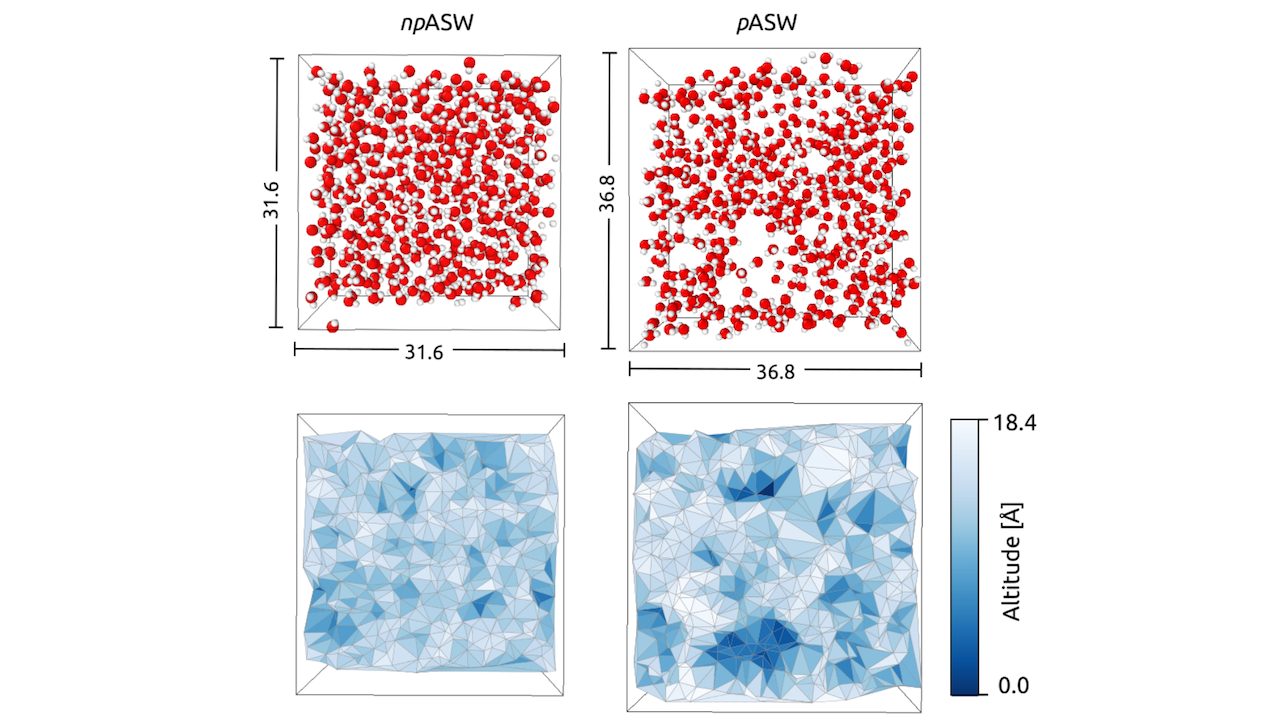

Upper panel: top view of one of the non-porous (npASW) (left) and porous (pASW) ice models. Each periodic surface contains 500 water molecules. Lower panel: altitude plot relative to the same two structures (see Appendix D). Periodic cell dimensions are included. Distances in Å. — astro-ph.GA
Context. Carbon monoxide (CO) is arguably the most important molecule for interstellar organic chemistry. Its binding to amorphous solid water (ASW) ice regulates both diffusion and desorption processes. Accurately characterizing the CO binding energy (BE) is essential for realistic astrochemical modeling.
Aims. We aim to derive a statistically robust and physically accurate distribution of CO BEs on ASW surfaces, and to evaluate its implications for laboratory temperature-programmed desorption experiments and interstellar chemistry, with a focus on protoplanetary disks.
Methods. We trained a machine-learned potential (MLP) on 8321 density functional theory (DFT) energies and gradients of CO interacting with differently-sized water clusters (22-60 water molecules). The DFT method was selected after extensive benchmark. With this potential we built realistic non-porous and porous ASW surfaces, and computed a BE distribution. We used symmetry-adapted perturbation theory to rationalize the interaction of CO on the different binding sites.
Results. We find that both ASW morphologies yield similar Gaussian-like BE distributions with mean values near 900 K. However, the nature of the binding interactions is rather different and critically depends on surface roughness and dangling-OH bonds. Simulated TPD curves reproduce experimental trends across several coverage regimes. From an astrochemical point of view, the application of the full BE distribution has a dramatic influence on the CO distribution in protoplanetary disks, leading to a broader CO snowline region, improving predictions of CO gas-ice partitioning, and suggesting an equally broader distribution of organics in these objects.
Giulia M. Bovolenta, Germán Molpeceres, Kenji Furuya, Johannes Kästner, Stefan Vogt-Geisse
Comments: 19 pages, 13 figures. Accepted for publication in Astronomy and Astrophysics (A&A)
Subjects: Astrophysics of Galaxies (astro-ph.GA)
Cite as: arXiv:2508.14219 [astro-ph.GA](or arXiv:2508.14219v1 [astro-ph.GA] for this version)
https://doi.org/10.48550/arXiv.2508.14219
Focus to learn more
Submission history
From: Giulia M. Bovolenta
[v1] Tue, 19 Aug 2025 19:29:39 UTC (5,063 KB)
https://arxiv.org/abs/2508.14219
Astrobiology,
Stay Informed With the Latest & Most Important News
Previous Post
Next Post
-
 012024 in Review: Highlights from NASA in Silicon Valley
012024 in Review: Highlights from NASA in Silicon Valley -
 02Panasonic Leica Summilux DG 15mm f/1.7 ASPH review
02Panasonic Leica Summilux DG 15mm f/1.7 ASPH review -
 03How New NASA, India Earth Satellite NISAR Will See Earth
03How New NASA, India Earth Satellite NISAR Will See Earth -
 04And Thus Begins A New Year For Life On Earth
04And Thus Begins A New Year For Life On Earth -
 05Astronomy Activation Ambassadors: A New Era
05Astronomy Activation Ambassadors: A New Era -
06SpaceX launch surge helps set new global launch record in 2024
-
 07Space Force plans new ‘Futures Command’ amid pressure to speed up modernization
07Space Force plans new ‘Futures Command’ amid pressure to speed up modernization













